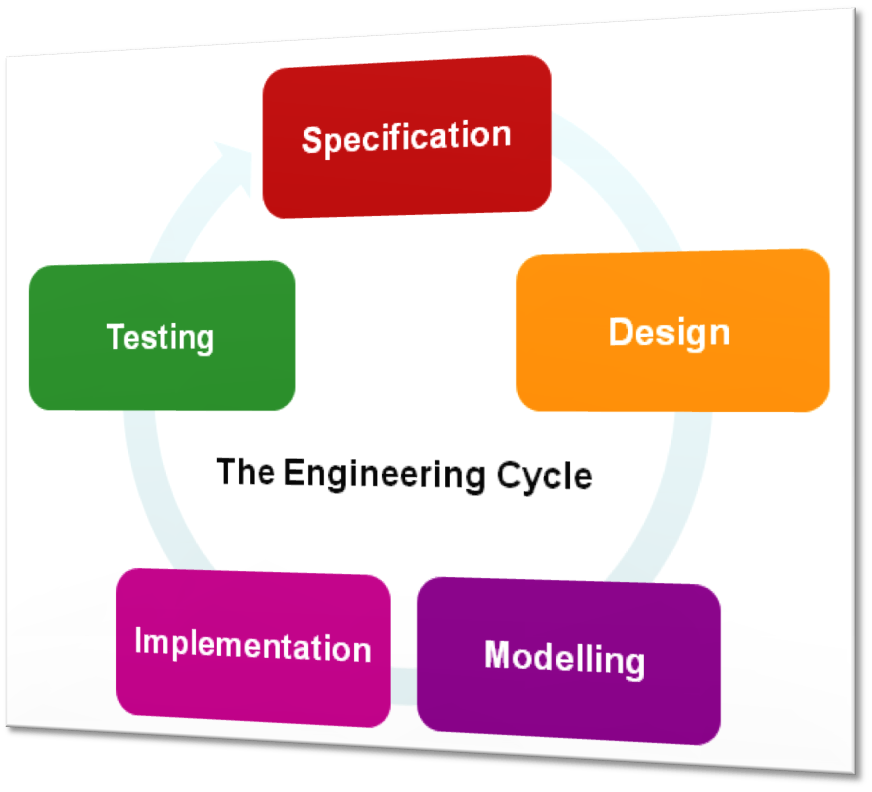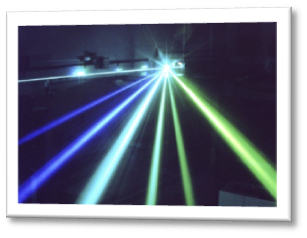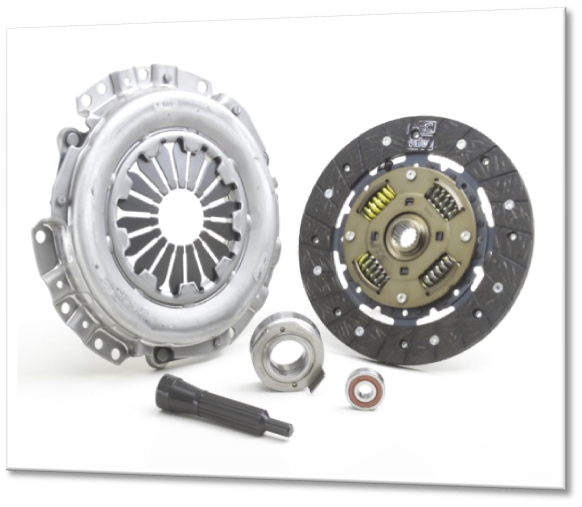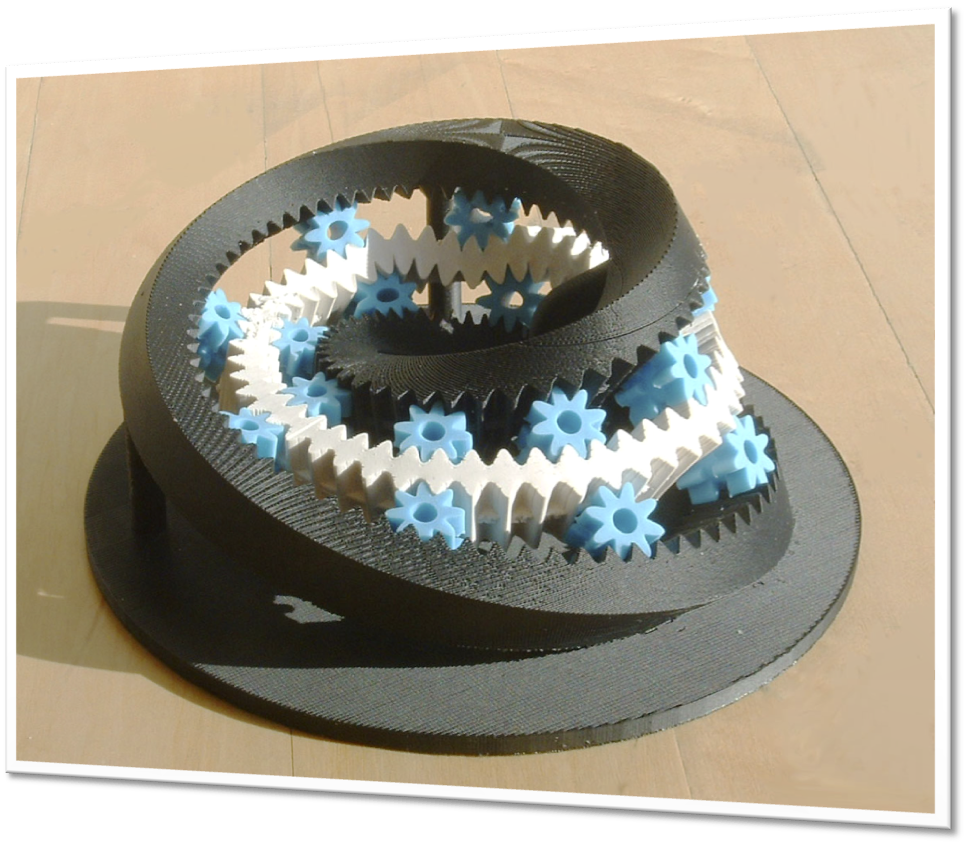Team:Imperial College/Project
From 2008.igem.org
(Difference between revisions)
m |
|||
| (One intermediate revision not shown) | |||
| Line 1: | Line 1: | ||
{{Imperial/StartPage2}} | {{Imperial/StartPage2}} | ||
| + | |||
=== Project Specifications === | === Project Specifications === | ||
| - | {{Imperial/Box2| | + | {{Imperial/Box2|| |
| - | |In designing our ''Biofabricator Subtilis'', we followed the engineering approach for synthetic biology. | + | In designing our ''Biofabricator Subtilis'', we followed the engineering approach for synthetic biology. |
Latest revision as of 20:07, 28 October 2008
Project Specifications
|
|||||||||||||||||||||||
 "
"




